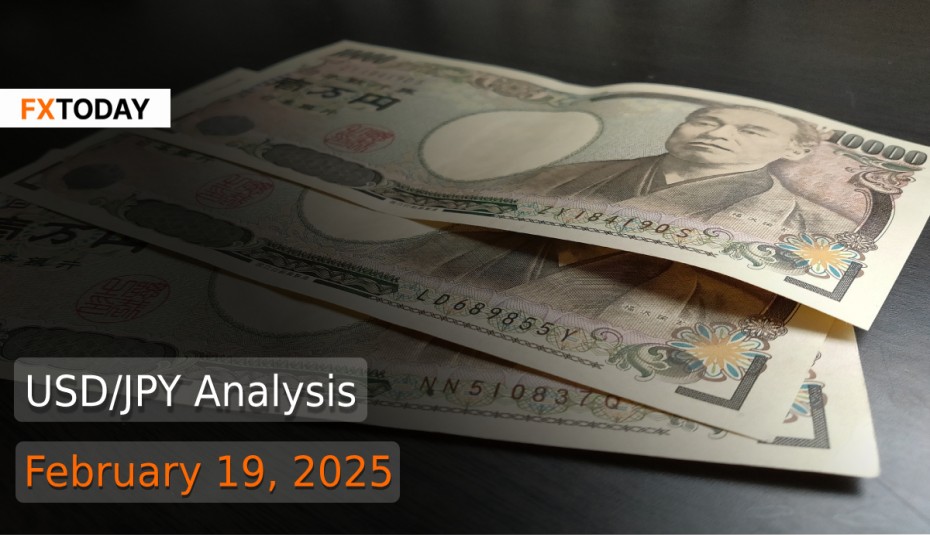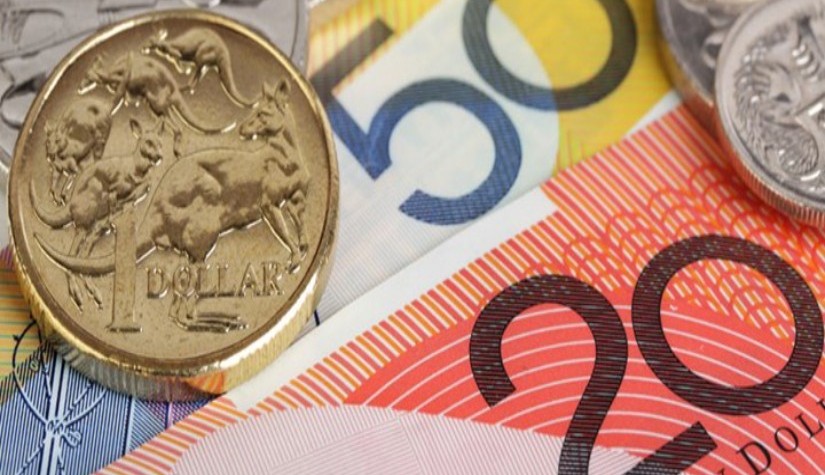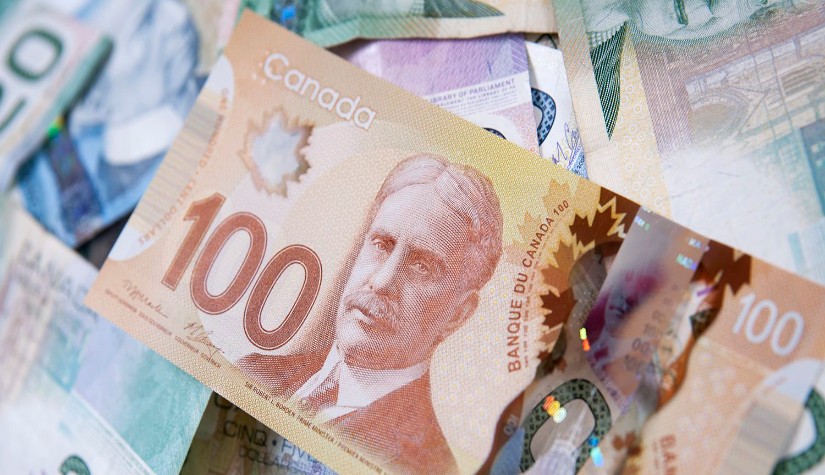Japan Enters Recession, GDP Falls; BOJ Faces Doubts on Economic Recovery
Japan unexpectedly slipped into a recession at the end of the last year, losing its position as the world's third-largest economy to Germany. This development has raised uncertainties about when the Bank of Japan (BOJ) would exit its decade-long ultra-loose monetary policy. Some analysts are cautioning of another contraction in the current quarter due to weak demand in China, sluggish consumption, and production halts at a Toyota Motor unit.
Government data revealed that Japan's gross domestic product (GDP) fell an annualized 0.4% in the October-December period, contrary to market expectations of a 1.4% increase. This marks two consecutive quarters of contraction, meeting the technical definition of a recession. While the BOJ had been considering ending negative interest rates by April, the weak data has led to doubts about its forecast that rising wages would support consumption and maintain inflation around its 2% target.
Japan's nominal GDP for 2023 stood at $4.21 trillion, falling below Germany's $4.46 trillion, making Japan the world's fourth-largest economy. Private consumption, comprising over half of economic activity, fell 0.2%, while capital expenditure, another growth engine, fell 0.1%, both shrinking for the third consecutive quarter.
While big companies plan significant capital expenditure, delays are expected due to rising raw material costs and labor shortages. The most recent machinery orders data indicated a contraction in November, casting doubt on the BOJ's expectation of robust investment supporting the economy.
The BOJ is considering publishing new indices related to labor costs and inflation in the service sector to enhance its understanding of inflationary pressures.
Governor Kazuo Ueda, confident about higher wages, stressed the need to closely monitor Japan's economic health, especially the outcome of annual labor-management wage talks in mid-March. The BOJ aims for positive real inflation-adjusted wages, anticipating sustained accommodative monetary conditions even after ending negative rates.
The dollar saw a decline on Friday amid concerns over the U.S. economy's strength, as higher-than-anticipated producer prices led to expectations that the Federal Reserve would delay cutting interest rates until at least the middle of the year. Despite little change in U.S. consumer sentiment in February, one-year inflation expectations showed an uptick, according to a survey.
The Labor Department reported the largest increase in U.S. producer prices in five months, driven by significant gains in service costs. This surge raised fears in financial markets that inflation might be resurging after a period of cooling, prompting a reevaluation of expectations for the Federal Reserve's interest rate policies.
While data on Thursday indicated a surge in prices of imported goods in January, some economists cautioned against prematurely concluding that inflation is accelerating. They pointed out that businesses typically raise prices at the beginning of the year, and this year's increases may be larger as companies attempt to compensate for higher labor costs in the preceding year.
Furthermore, U.S. single-family homebuilding declined in January, likely due to harsh weather conditions, although an increase in permits for future construction hinted at a potential rebound in the upcoming months. Hence, this could lead to the yen sustaining a consistent upward trajectory while facing continuous pressure in comparison to the US dollar. Its fluctuations may be influenced by significant economic data releases from both the United States and Japan, prompting adjustments either upward or downward.
Data for Technical Analysis (5H) CFD USD/JPY
Resistance : 150.17, 150.25, 150.38
Support : 149.89, 149.81, 149.68
5H Outlook
Source: Investing.com
Buy/Long 1 If the support at the price range 149.69 – 149.89 is touched, but the support at 149.89 cannot be broken, the TP may be set around 150.18 and the SL around 149.59, or up to the risk appetite.
Buy/Long 2 If the resistance can be broken at the price range of 150.17 – 150.37, TP may be set around 150.51 and SL around 149.79, or up to the risk appetite.
Sell/Short 1 If the resistance at the price range 150.17 – 150.37 is touched, but the resistance at 150.17 cannot be broken, the TP may be set around 149.82 and the SL around 150.47, or up to the risk appetite.
Sell/Short 2 If the support can be broken at the price range of 149.69 – 149.89, TP may be set around 149.47 and SL around 150.27, or up to the risk appetite.
Pivot Points Feb 19, 2024 03:07AM GMT
|
Name
|
S3
|
S2
|
S1
|
Pivot Points
|
R1
|
R2
|
R3
|
|---|---|---|---|---|---|---|---|
| Classic | 149.47 | 149.68 | 149.82 | 150.03 | 150.18 | 150.38 | 150.53 |
| Fibonacci | 149.68 | 149.81 | 149.89 | 150.03 | 150.17 | 150.25 | 150.38 |
| Camarilla | 149.88 | 149.91 | 149.94 | 150.03 | 150.01 | 150.04 | 150.07 |
| Woodie's | 149.45 | 149.67 | 149.8 | 150.02 | 150.16 | 150.37 | 150.51 |
| DeMark's | - | - | 149.75 | 149.99 | 150.1 | - | - |
Sources: Investing 1, Investing 2
















